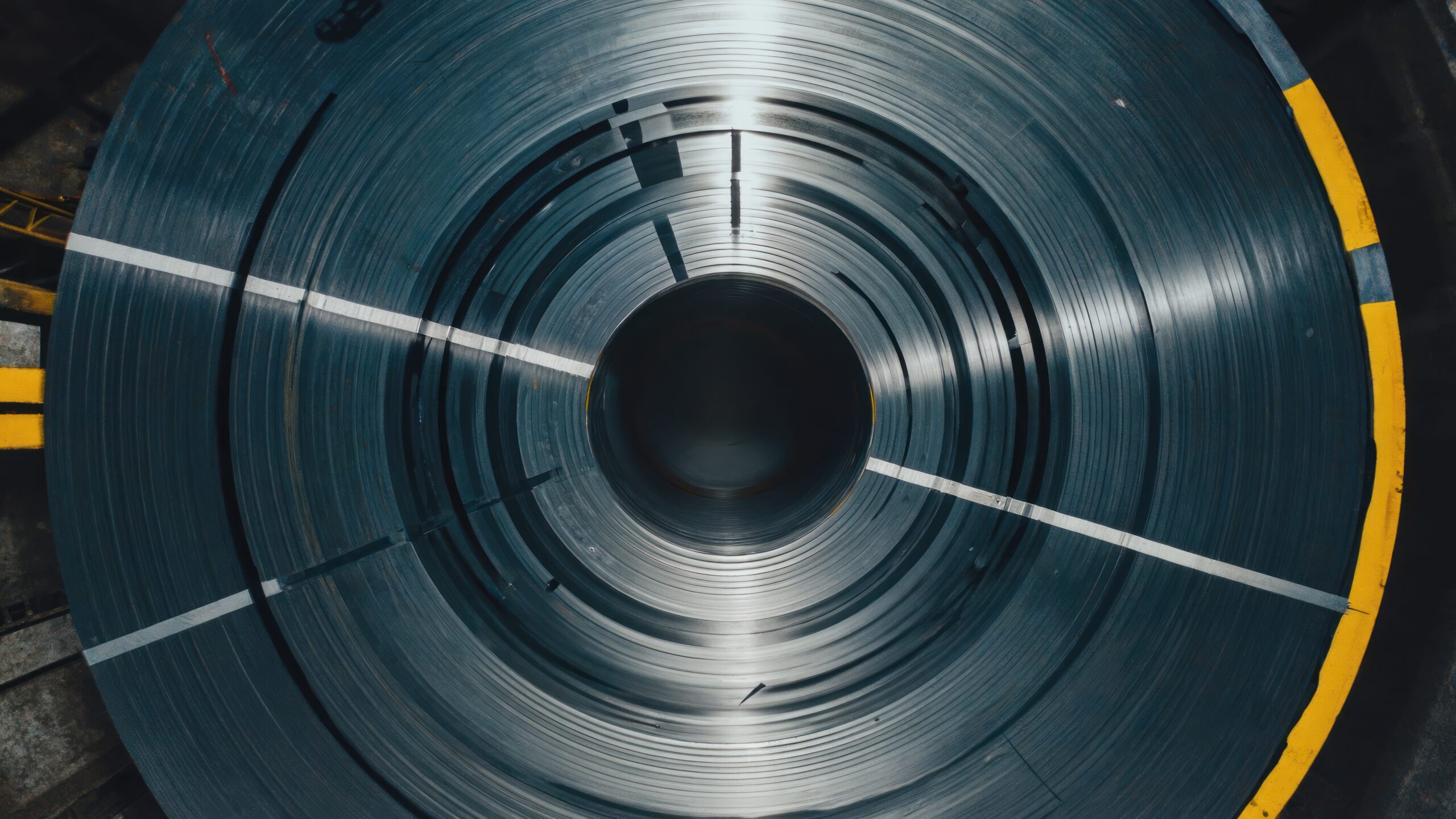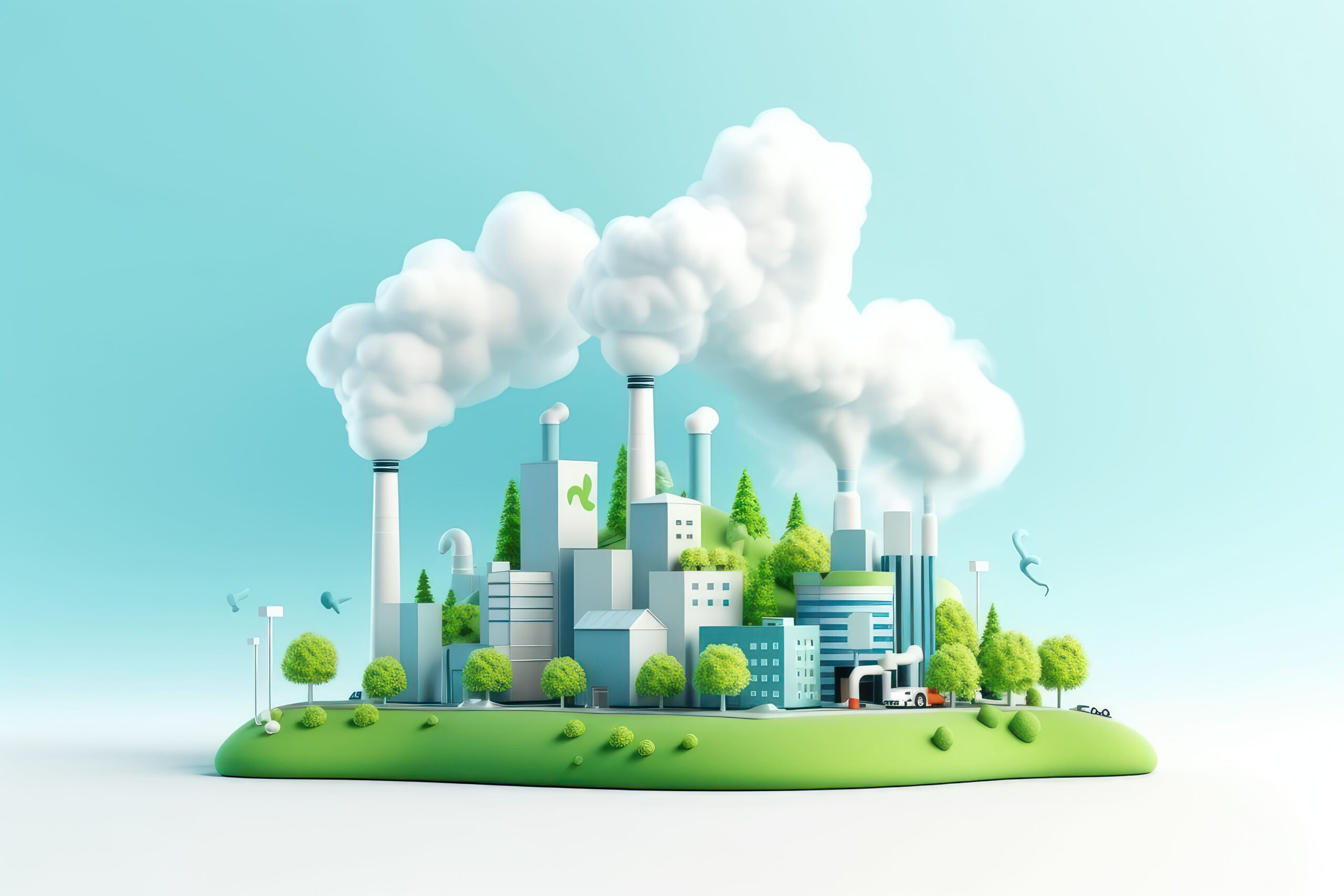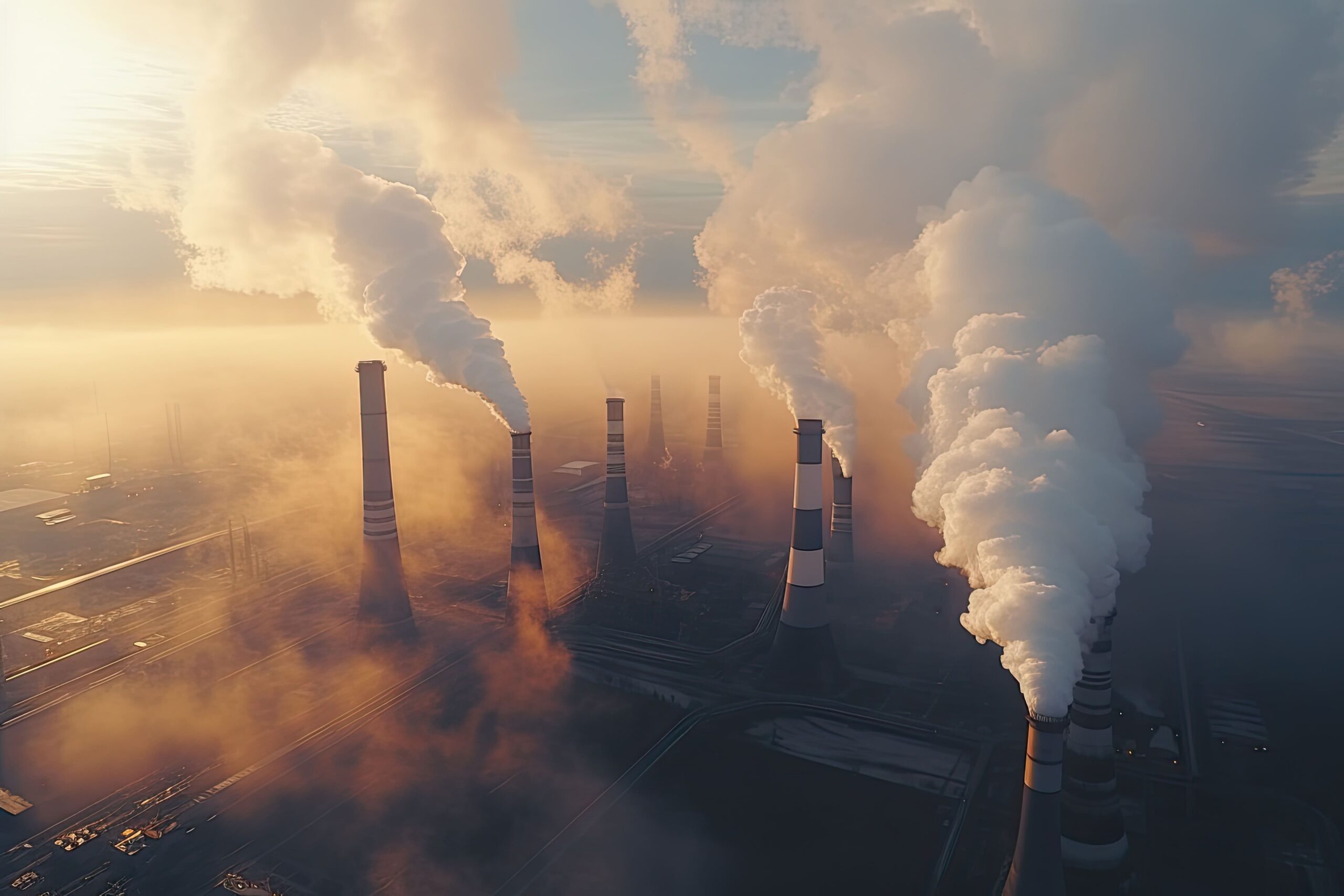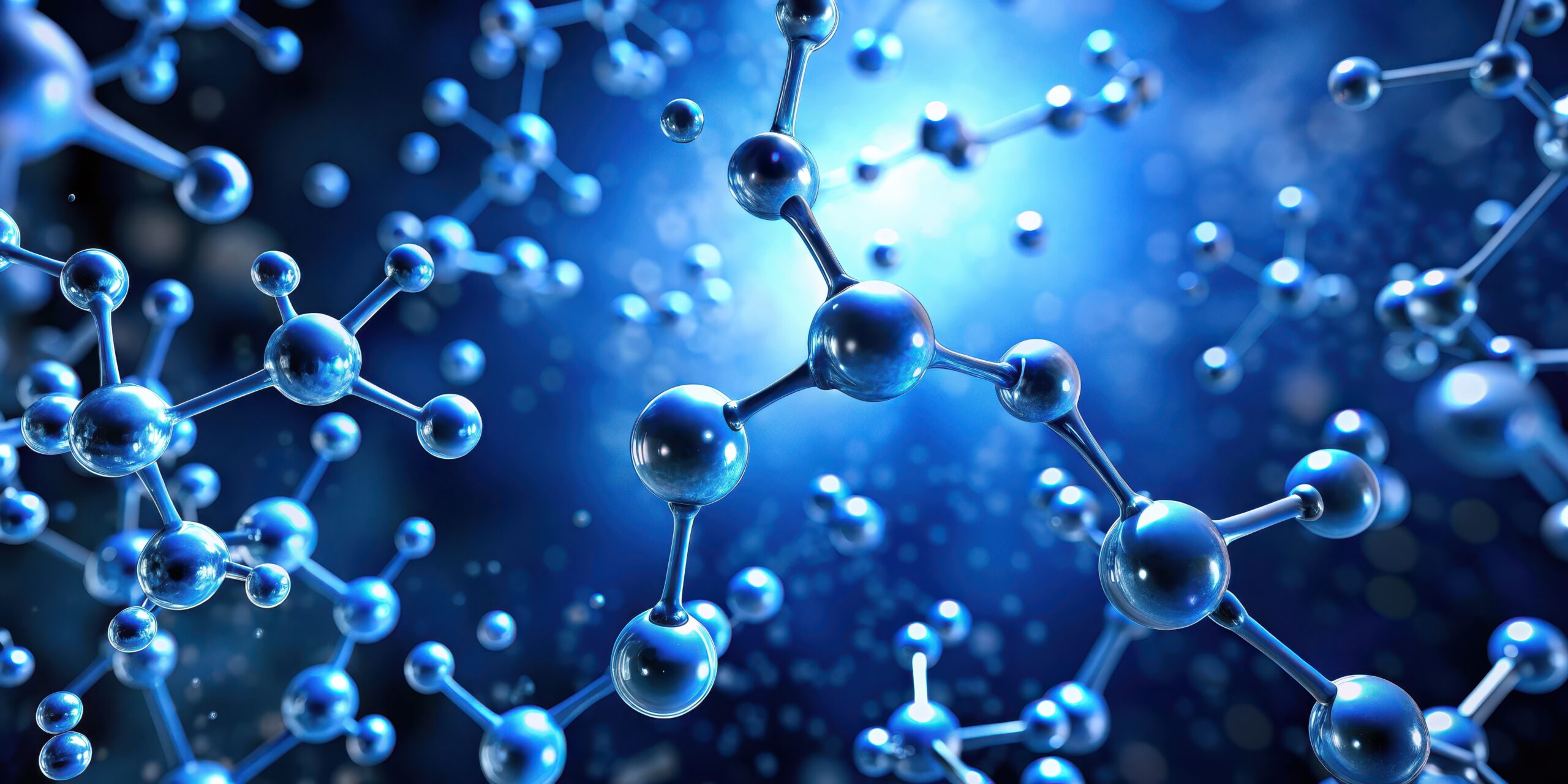
PLASMA-N-ACT Project
Towards a better understanding of nitrogen activation under plasma for NH₃ production
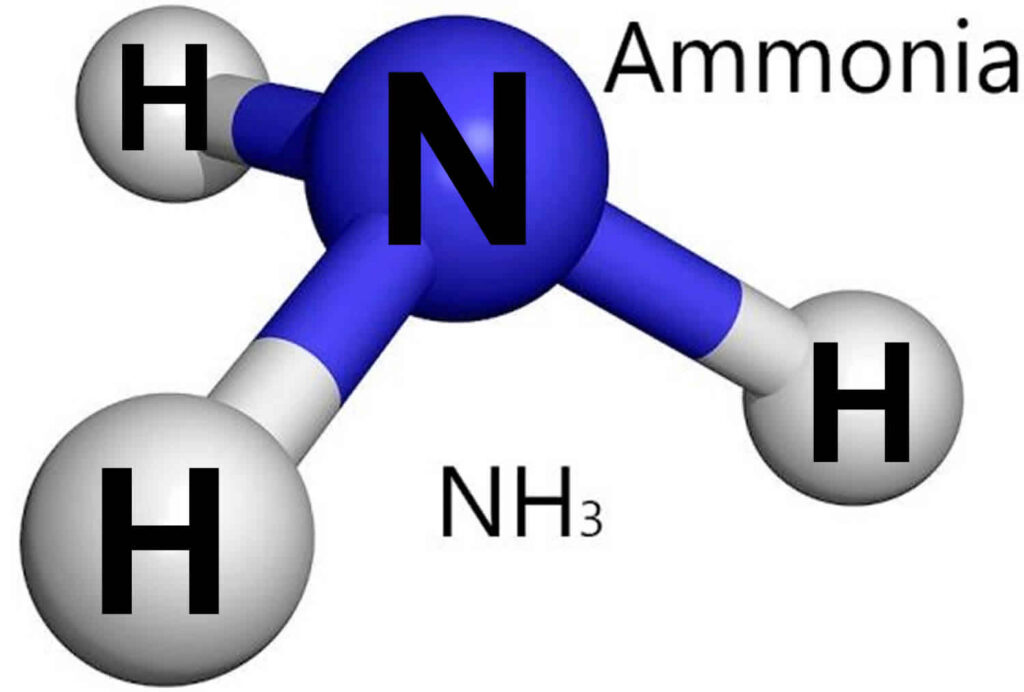
Project coordinated by ENSI CAEN
Duration of 4,5 years
3,51 millions euros of budget
2 theses et 1 internship
Context and challenges
Ammonia is a key ingredient in fertilizers and an essential component in the production of chemicals (urea, ammonium salts, etc.), with a global production exceeding 220 million tonnes per year. Thanks to advances in hydrogen production via electrolysis, ammonia is now considered a hydrogen carrier due to its high energy density (5.2 kWh/kg) and high hydrogen content (17.6 wt%), as well as its ease of decomposition and recovery.
Currently, more than 96% of ammonia is produced via the Haber-Bosch process, an energy-intensive method requiring severe conditions (T > 500°C, P > 150 bar). This process accounts for 2.4% of global fossil fuel consumption and has an annual carbon footprint equivalent to 1.2% of global CO₂ emissions
Scientific objectives
The PLASMA-N-ACT project explores a promising alternative using non-thermal plasma-assisted catalysis for ammonia synthesis. This process, suitable for decentralized and intermittent production from renewable energy, offers several advantages:
- Operation at low temperature and low pressure;
- No thermodynamic limitations;
- High conversion rates due to the plasma-facilitated dissociation of N≡N bonds.
The project aims to develop advanced composite catalysts (rare-earth nitrides, transition metals, alkali promoters) to stabilize reactive species and enhance plasma performance. It will address key issues such as critical catalyst properties, synthesis kinetics, and activation mechanisms, using in situ measurements and molecular modeling. PLASMA-N-ACT aims to optimize this approach to compete with the Haber-Bosch process in terms of energy, economic, and environmental efficiency
The consortium

